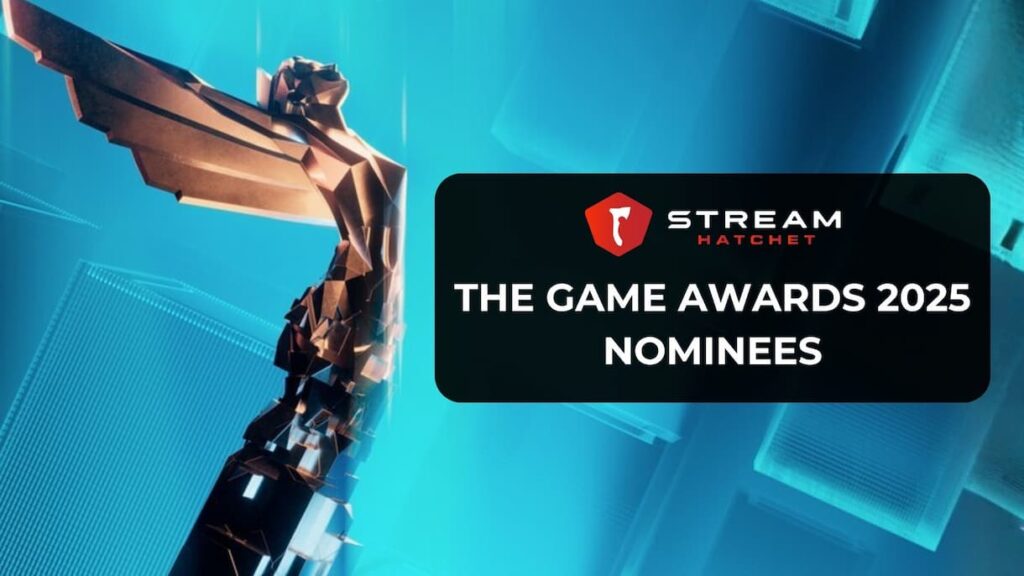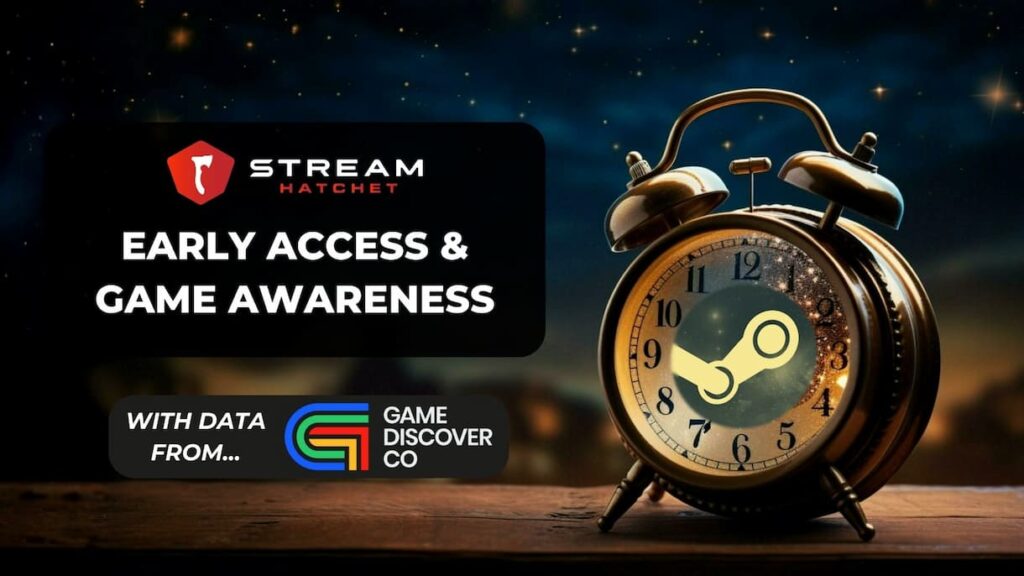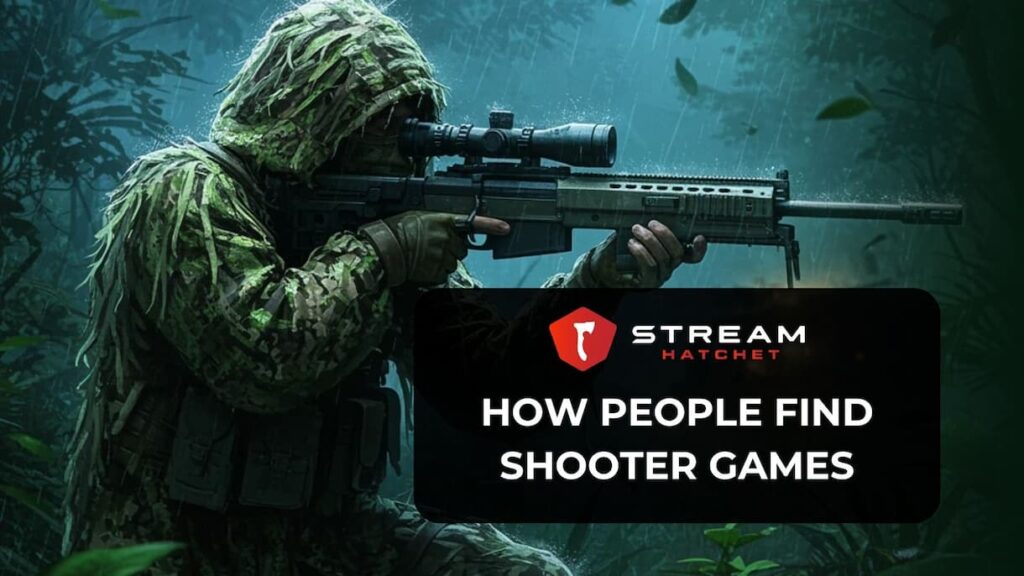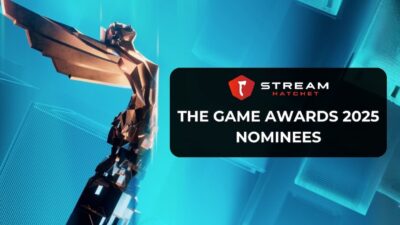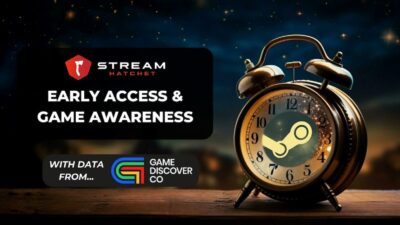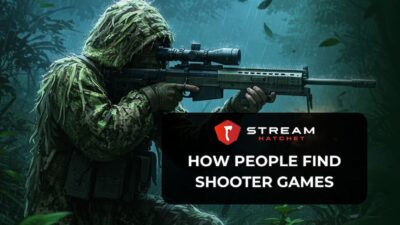2024 has been a massive year for mobile game developer Supercell, with the launch of its latest title Squad Busters putting a button on close to a decade of significant expansions and focused advertising campaigns. This is a massive company, with Supercell stock skyrocketing ever since its acquisition by conglomerate Tencent for $8.6B in 2016 (for 84.3% of the business’ shares).
Since then, there’s been accelerating growth in Supercell’s focus on its esports tournaments, which, for the first time this year, culminated in one spectacular event: SuperFest. SuperFest, held in Helsinki, features all three of the finales for Supercell’s biggest esports titles: The Clash of Clans World Championship Finals, the Clash Royale League World Finals, and the Brawl Stars Championship Finals. SuperFest seems to be an investment in broadening the Supercell world and making its brand more united across its various IPs.
In this article, we’re looking at the performance of the inaugural SuperFest 2024 overall, including the popularity of specific tournaments and the global reach of the event.
Supercell Goes Big with its End-of-Year Esports Extravaganza SuperFest
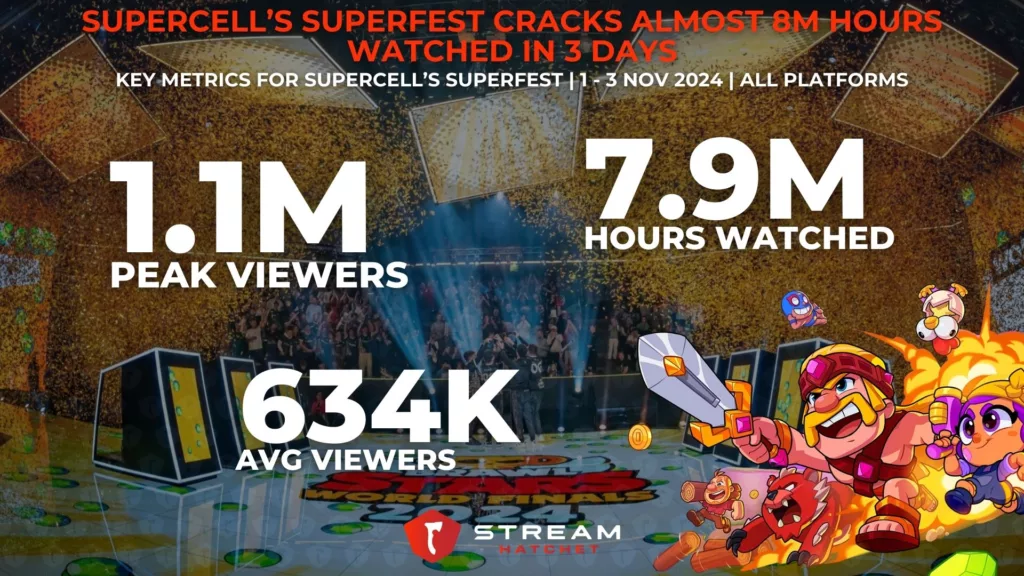
SuperFest was a roaring success in its first-ever year. SuperFest 2024 managed to reach 7.9M hours watched with a peak viewership of just under 1.1M over its three-day period from the 1st to the 3rd of November. The event boasted an average concurrent viewership of 291K, proving to provide dedicated, no-fluff content for viewers online. Unlike many esports tournaments, SuperFest was almost exclusively covered on Twitch and YouTube, accounting for 73.6% and 26.4% of total viewership, respectively.
The weekend saw some fantastic plays and fans cheering on their favorite players/teams. Synchronic Gaming walked away as the Clash of Clans champions, Mohamed Light proved his dominance in Clash Royale, and the biggest win of the tournament went to HMBLE in Brawl Stars – an Italian team that managed to win the cup on their debut performance. Across all three games that were played, a massive prize pool of $2.9M was handed out to winners and podium placers.
SuperFest Rolls Brawl Stars into a Celebration of All Things Supercell
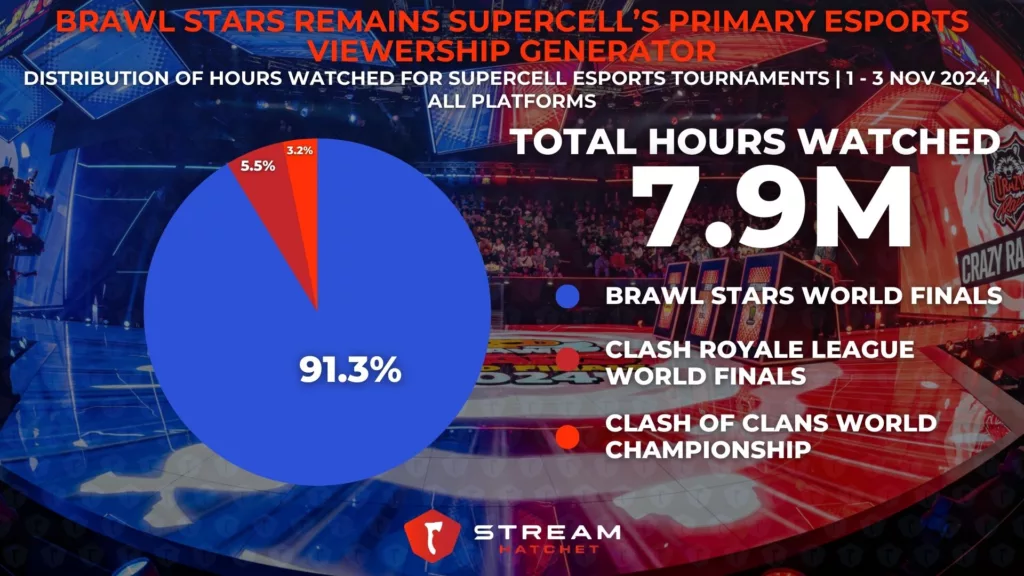
While Supercell’s SuperFest was a success overall, looking at the distribution of hours watched between the three constituent tournaments exposes a lopsided appeal in content. Brawl Stars brought in by far the highest viewership of the three games with 7.1M hours watched – that’s 91.3% of all SuperFest viewership. Clash Royale and Clash of Clans were roughly equivalent at 5.5% and 3.2%, respectively. This difference in demand was to be expected, given that Brawl Stars has historically been the highest-performing competition as part of ESL Gaming’s Snapdragon Pro Series (seen in April of this year).
On one hand, having any game perform at this level is a huge accomplishment for a game publisher. But Supercell will no doubt be disappointed with the lack of cross-pollination between audiences for its different titles, perhaps hoping that SuperFest would encourage Brawl Stars fans to tune into Clash of Clans and Clash Royale. The event schedule even alternated these tournaments within each day to increase the likelihood of viewers tuning in for multiple games. Additionally, Brawl Stars’ performance is incredible, but with mobile esports continuing to rise in popularity (like Mobile Legends Bang Bang at the Esports World Cup), it still has a lot of room to grow.
Co-streamers Provide a Viable Route into Global Demand for Supercell Esports
Growing an esports game’s fanbase means reaching new audiences, and one of the best ways to do that is through co-streamers. Co-streamers not only provide expert coverage of the gameplay, but they also bring along their in-built fanbase to an event they might otherwise not have watched. We’ve previously shown just how impactful co-streamers and clever co-streaming partnerships can be to a tournament’s success on live streaming.
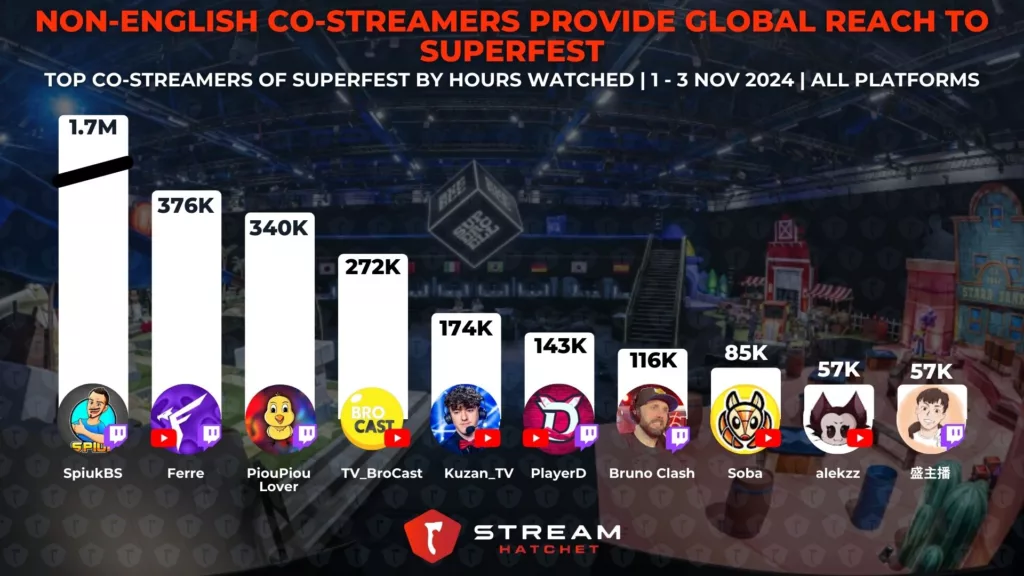
Among the co-streamers covering SuperFest 2024, Spanish streamer SpiukBS racked up the most viewership at 1.7M hours watched – more than quadruple that of second place co-streamer Ferre with 376K hours watched. Co-streaming viewership managed to exceed official viewership for SuperFest 2024, comprising 56% of the event’s total hours watched. Sponsoring co-streamers is proven to draw in new fans, like when Ubisoft sponsored Jynxzi’s co-stream for Rainbow Six Siege). Even more promising, the top co-streamers were truly global, speaking six different languages among the top 10 co-streamers alone.
Pushing this language diversity could be the key to accessing a wider audience. At the moment, 68.7% of all SuperFest viewership came from streams primarily tagged as English or Spanish-speaking. This overwhelming majority is partly due to the fact that the official streams have English as their primary language and, as stated earlier, they accounted for the majority of viewership. It’s worth noting that the Supercell website states that SuperFest had “commentators providing expert analysis in up to 12 different languages”, but the popularity of non-English speaking co-streamers still suggests fans from other parts of the world chose co-streamers over official streams.
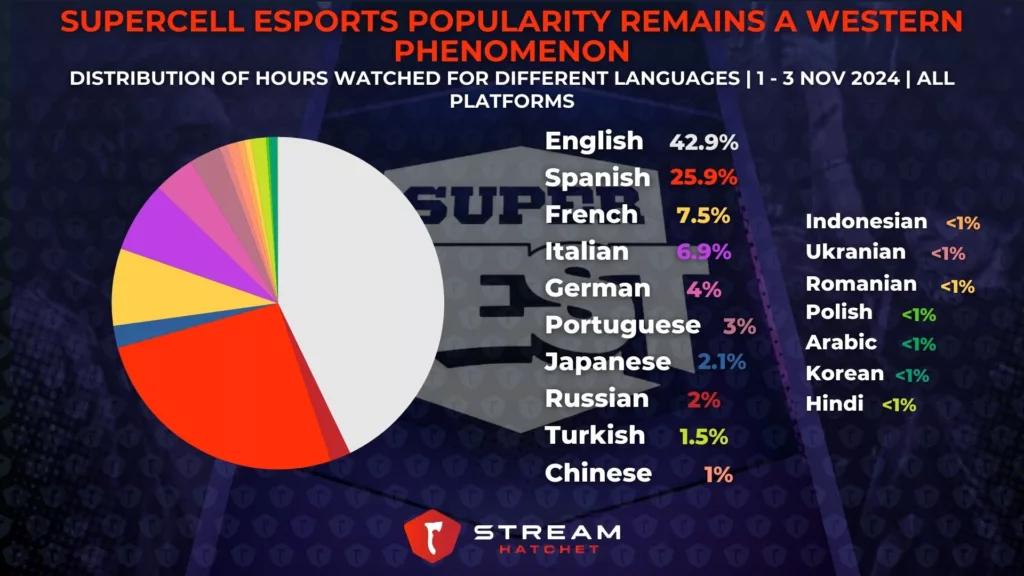
Just 4.5% of all viewership was attributed to Asian languages (Japanese, Chinese, Indonesian, and Korean), proving that Brawl Stars has a majority Western audience. But this is slightly odd: With mobile games and mobile esports being so popular in Asia, why haven’t Supercell’s games made the leap? It could be the games’ aesthetics, which shirk anime appearances in favor of a more Western cartoonish look. Alternatively, the Asian mobile esports market may already be saturated, reducing the incentive for players to adopt a new game. Lastly, mobile games popular among Asian players tend to have very complex mechanics and systems whereas Brawl Stars prides itself on its easy-to-pick-up gameplay. Perhaps discovering a few interested and popular streamers to target with influencer marketing in these regions could boost Supercell’s profile.
Regardless of this smaller segment of the market, Supercell’s esports performance is still incredible. The publisher continues to expand, shown by moves like fully acquiring Beatstar developer Space Ape in early November 2024. But with Brawl Stars as its only hit in esports, Supercell will either need to leverage that IP by entering it into multi-game tournaments (e.g. Esports World Cup) or find other competitive titles.
To keep up to date with the latest big esports events on live streaming, follow Stream Hatchet:

